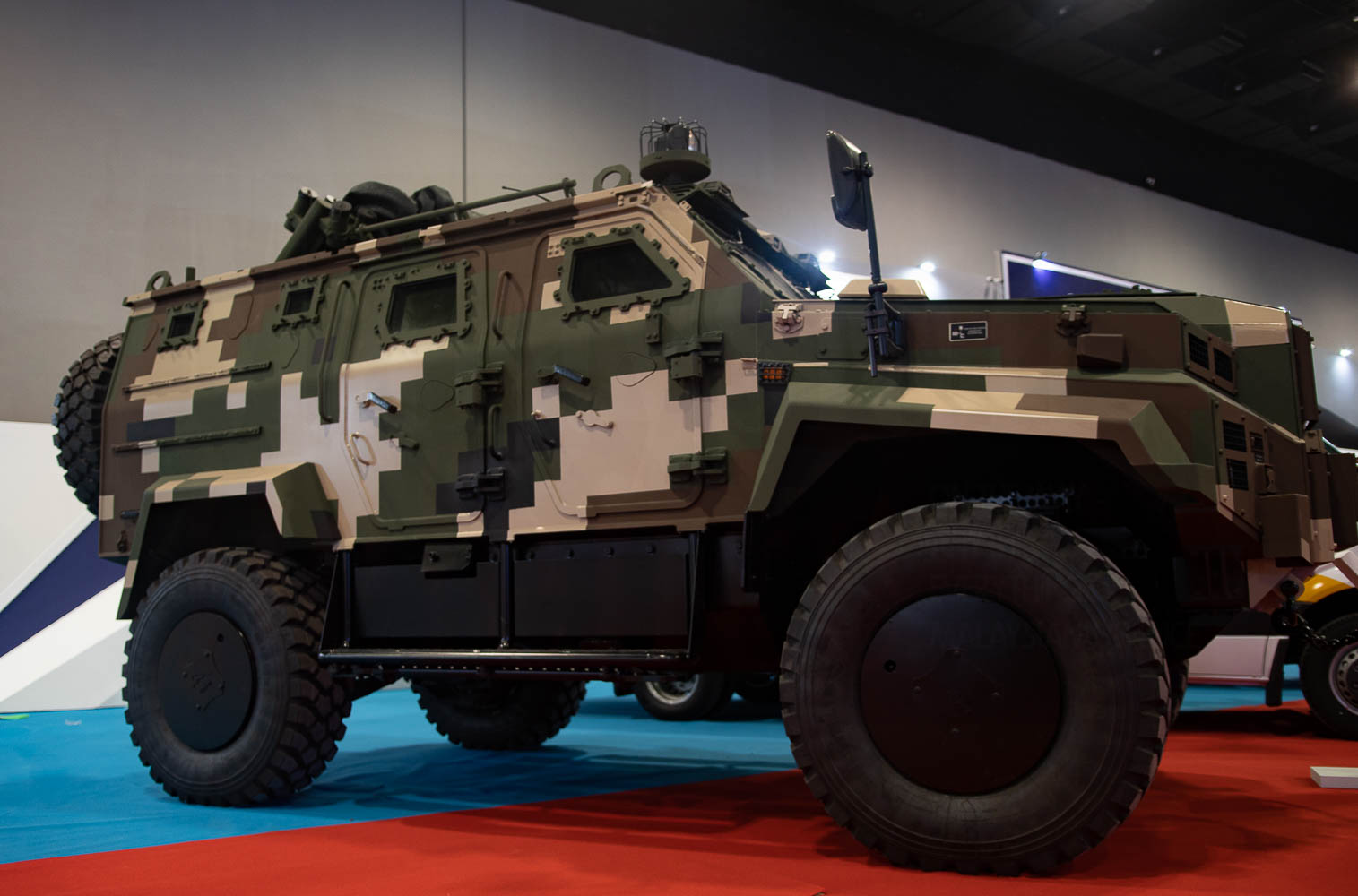
KUALA LUMPUR: If you had visited the Deftech booth at DSA 2018 – which ended yesterday – you would have noticed that they have two MRAP-style vehicles, the Lipan Bara – already in service with the Malaysian army- and the Turkish Nurol Ejder Yalcin 4X4.
Both the Lipan Bara and Yalcin are the Deftech’s offering for an Army’s requirement for a High Mobility, Protected Vehicle 4×4 (HMPV) specifically for its infantry battalions. These are battalion level assets for operational requirements – combat and non-combat ones – to move soldiers around. The HMPVs are basically battle taxis and not gun carriers as compared to the with battalion’s support company vehicles.
 Nurol Ejder Yalcin 4X4
Nurol Ejder Yalcin 4X4
In the past, the infantry battalions “battle taxis” were typically two or three tonne trucks and Land Rovers though this role was taken over by Volvo C303 vehicles (together with Landys) in the late 70s and 80s. These were then replaced by the MOWAG Duros (7 Brigade only) and Pinzgauers – which were retired only after serving for 10 years as they were very expensive to maintain. Presently the only dedicated HMPVs are the Lipan Bara, most of which are stationed at ESSCOM AOR. A mixture of thin-skinned vehicles from Vamtacs, G-Wagons, Land Rovers, GK-M1s, Isuzu pick-ups and Handalan trucks are used currently as a stop-gap until the new HMPVs are procured.
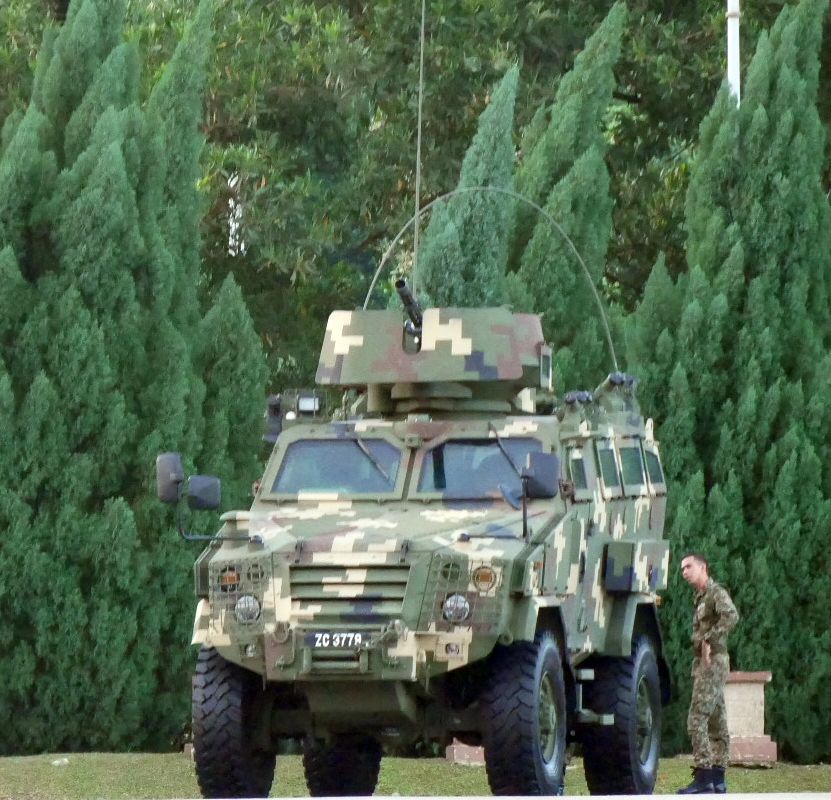
The HMPVs are required as the Army realised the country’s are getting more urbanised and its infantry units need protected vehicles to move quickly to operational areas without resorting to armoured vehicles, if it comes to that. And it was because of these changing scenario, protected 4X4 vehicles are needed hence the Lipan Bara and Yalcin offered by Deftech.
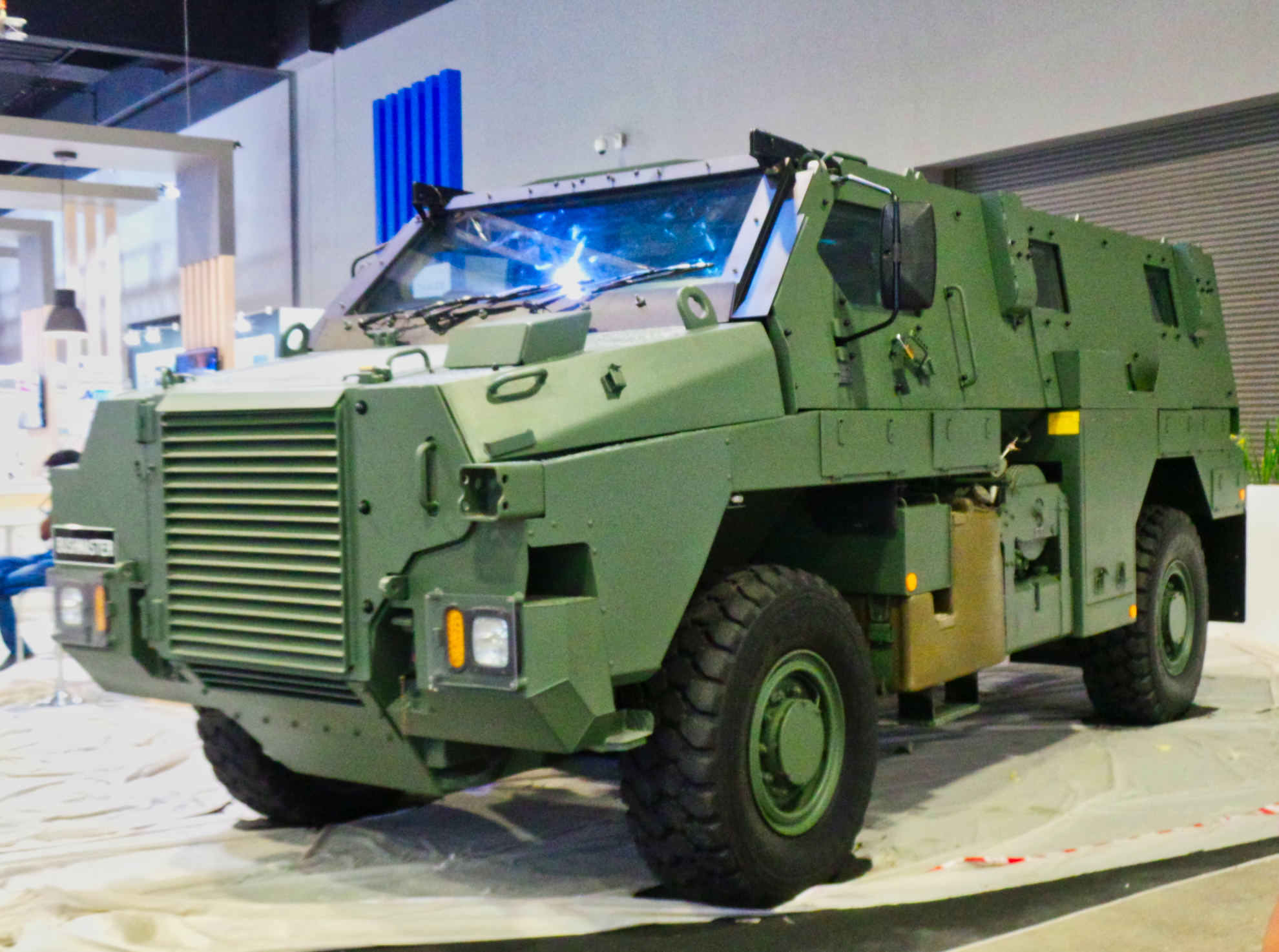 Thales Bushmaster. DM
Thales Bushmaster. DM
Why not just Lipan Bara then? Its simply to give the Army options, say Deftech officials pointing out to the armoured 4X4 vehicles displayed at DSA 2018 which included the Thales Bushmaster and NIMR Abjan 440 Combat Vehicle as well as several other makes from Turkey.
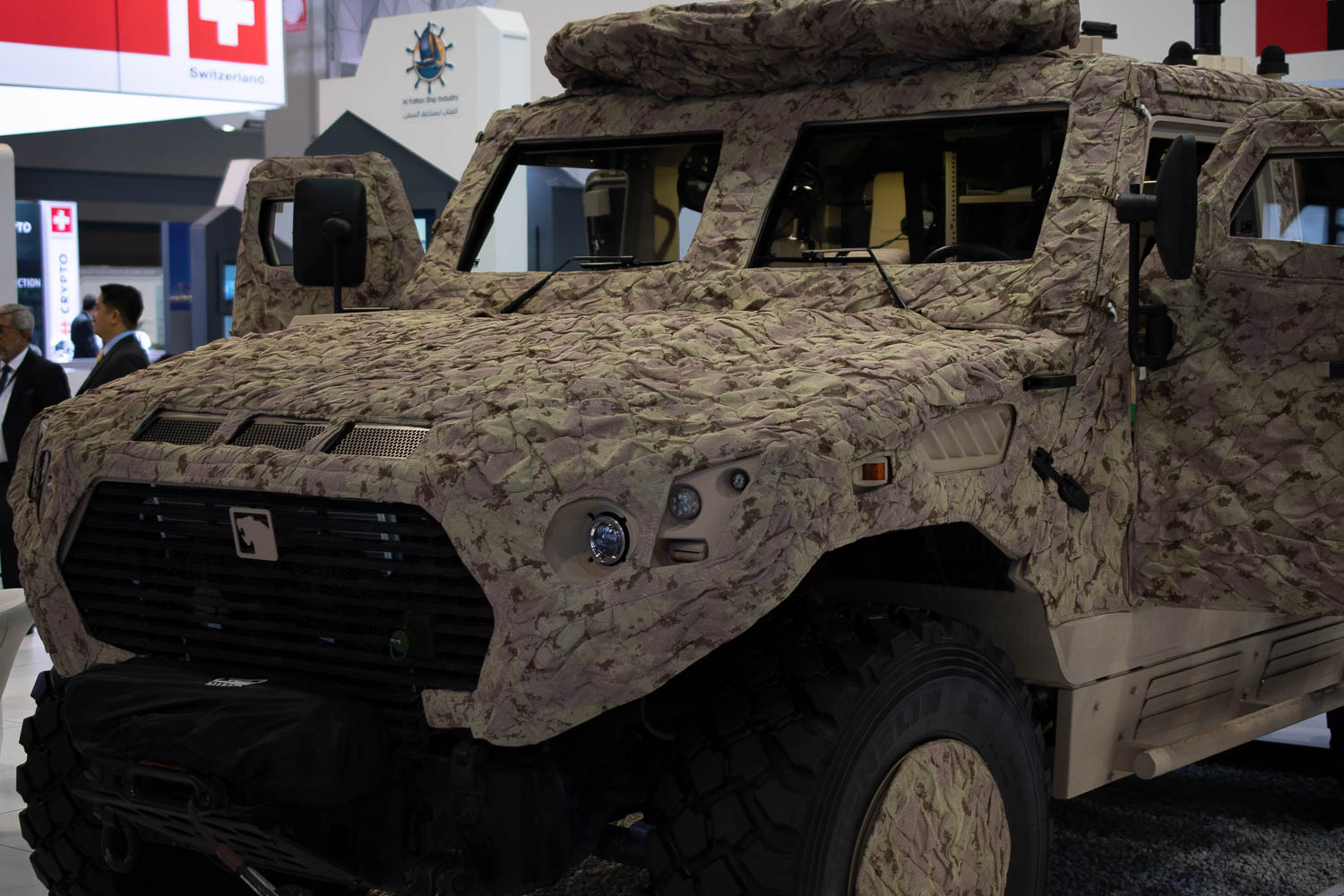 NIMR Abjan combat vehicle
NIMR Abjan combat vehicle
Although both Yalcin and the Lipan Bara can carry 11 soldiers – including the driver – the Turkish vehicle is heavier at 14 tons (11 tons for Lipan Bara) and carry another 4 ton of payload. Apart from the troop carrying vehicle, Nurol says the Yalcin is also available in eight other variants. Nurol – partly owned by FNSS – has sold the Yalcin to Tunisia, Senegal, Qatar and Uzbekistan. Turkey’s military also operate some 400 of the Yalcin.
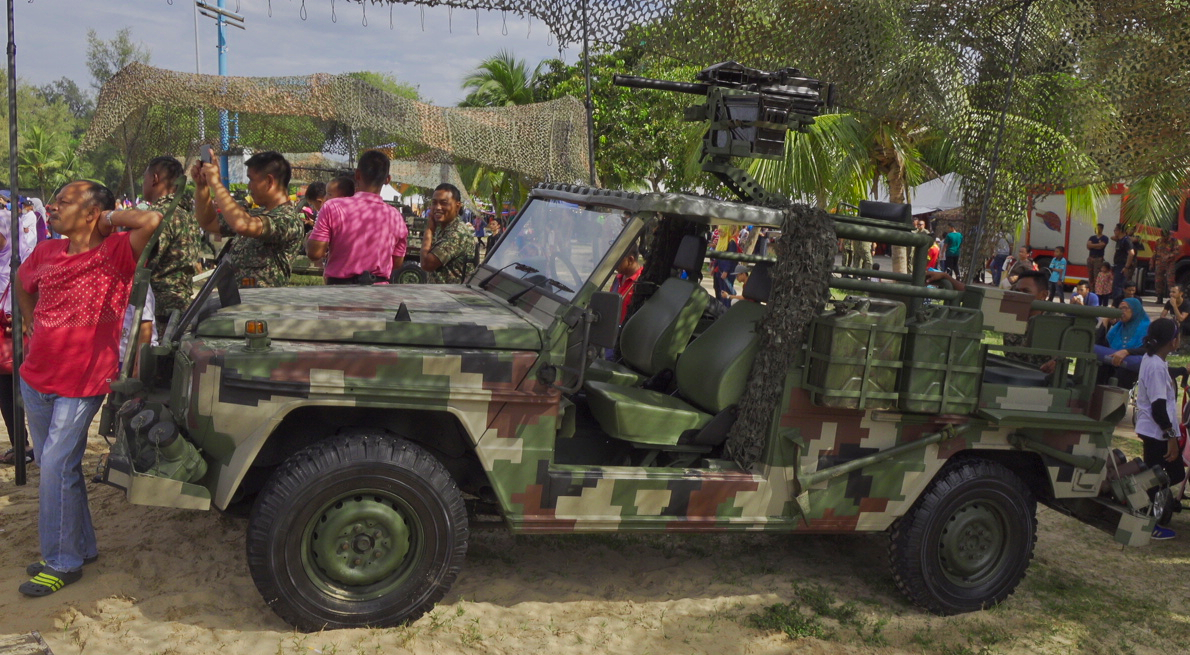 A G-Wagon fitted with an AGL
A G-Wagon fitted with an AGL
It is also interesting to note the gun carrier vehicles mostly G-Wagons – operated by support companies of infantry battalions are also long in the tooth. The G-Wagons were mostly put into service in the mid-1990s when the Pinzgauers and Duros were introduced. One has to wonder whether these will be replaced by the HMPVs as well. Or not.
— Malaysian Defence
If you like this post, buy me an espresso. Paypal Payment

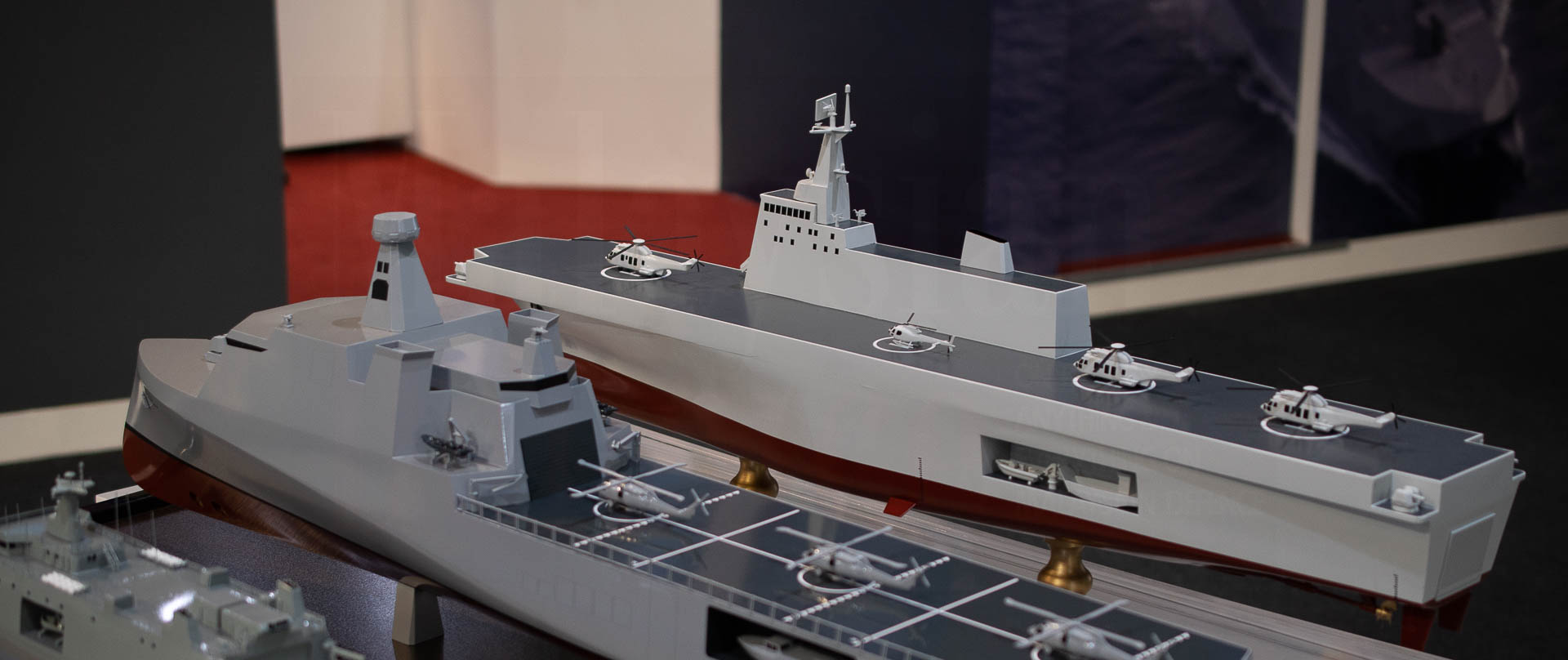
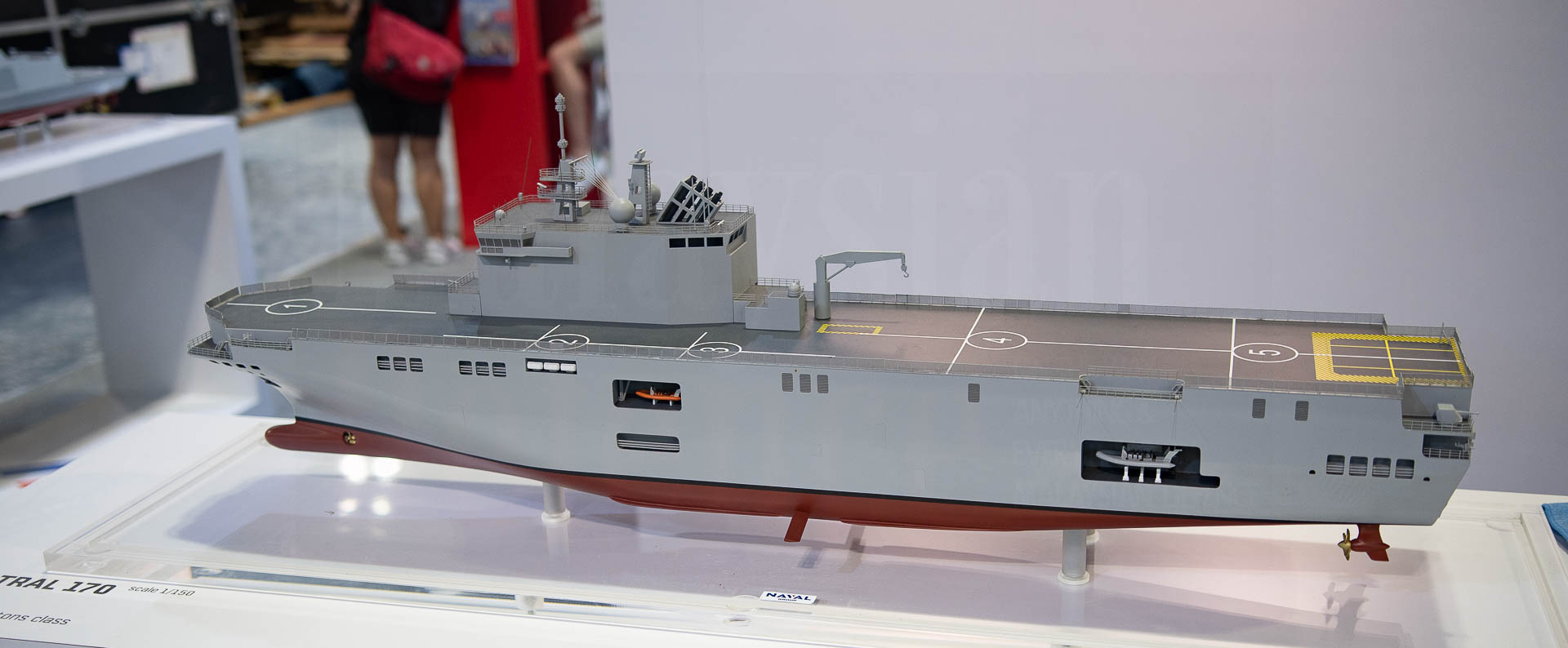
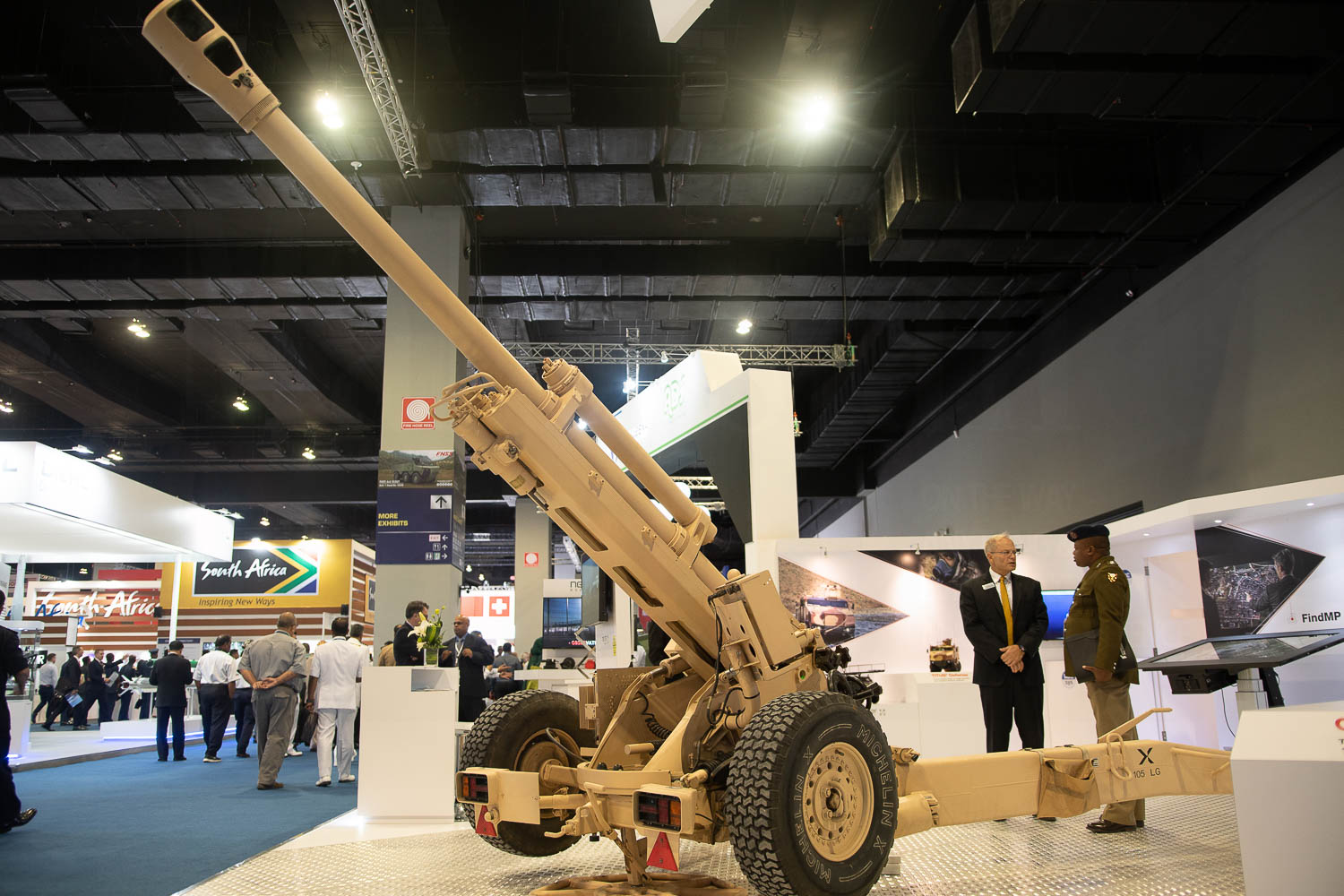
Wonder how many MVs are required to replace all old ATM MVs in service now, in the thousands perhaps?
It’s good therefore to mass produce the vehicles locally as we produce the 2 national cars, will ensure of the support and spares throughout the usage. And will guarantee a steady flow of attrition replacement or addition for a quite some time.
Reply
Not more than 200 if its just for the MV requirement. It can go up to 600 if include the company support vehicles.
Our main troop carrier is still the handalan trucks. But say if you want to equip the whole 7th brigade and also one battalion each in 1st and 5th division, you will need at least 300 4×4 HMPVs
The benchmark HMPV IMO is the thales bushmaster and the Paramount Marauder.
As for the gun carriers/fire support vehicles, if you need armour, the best IMO is the J-LTV. Very high mobility, robust, and cheap. I would suggest all the fire support vehicles in 7th brigade to be replaced with J-LTV, and 1/2 of the complement of kor armor cavalry is also to be the J-LTV. Also those Vintaqs transferred to the J-LTV, as it is a smaller nimbler vehicle for recce. Other BIS battalions to stick to VAMTACS and GK-M1 gun carriers.
Off topic, the responsibility to fight off Abu sayaf or yang sewaktu dengannya should be fully divested to PGA, VAT 69 and MMEA.Would-be more cost efficient to say the least. Having said that, due to the potentially lack of resources currently facing all these 3 services, it hampered their effectiveness thus the armed forces still need to complement them. However in the long term it would be more effective if these 3 services be capitalised manpower and assets wise and my gut feel that it would be much cheaper. Few more AW139 help,lipan bara or scan eagles for the VAt69 andMMEA would help alot
Kamal “Off topic, the responsibility to fight off Abu sayaf or yang sewaktu dengannya should be fully divested to PGA, VAT 69 and MMEA.Would-be more cost efficient to say the least. ”
I disagree that it would be more cost effective. To make the PGA capable of handling low intensity actors- which can be well armed- organically means they need additional training and equipment, which would make them more expensive to maintain. As it is, we can’t afford to fully equip our infantry for high intensity work. Shouldn’t priority for funds go to the army?
If effectively we have two armies- the TD for high intensity conflict and PGA for low intensity work and neither does the other’s work- then we would need PGA present in every sector that the army already handles. That would require raising additional PGA battalions. The fact is we can’t afford to do that while keeping the army in barracks except in case of all out war.
Not to mention the border work keeps the army familiar with its expected operating areas in war time.
@ AM
The PGAs role is to handle low intensity actors and internal security. It was created to handle the communist insurgency.
As it is we have multiple redundancy for internal security work. Something that is supposed to be PGAs responsibility that is the border security is done by a new army regiment specifically created for the task. It was needed as a check and balance to the PGA, as things like the mass immigrant grave in perlis happens. The army border regiment should not be needed if the PGA can do their work dilligently in the 1st place. Of course regular army battalions should be rotated for duty to border areas but a specific army unit just to patrol the border should not be done.
IMO
– there should not be a need for a specific army border regiment. This task should be done by PGA.
– peacetime patrol of the eez to be the main responsibility of MMEA. So the navy should not plan to buy ships that can only perform peacetime patrol.
AM – ”Shouldn’t priority for funds go to the army?”
We don’t live in a perfect world but in reality the PGA should be the main actor – on the ground – in dealing with threats posed by non state actors in Sabah. Sure, cash needs to be spent on the various battalions/units that constitute the PGA but what useful purpose does the PGA serve if we can’t use it for such a role? Of course there is also politics involved; the army would still want to play a big part in order to receive funding and for other reasons.
AM – ”That would require raising additional PGA battalions.”
And we can’t downsize the PGA as we will have to move its manpower elsewhere and there will be redundancy, seniority and other issues to deal with. Doing away with the Marine Police would have led to the same issues. So what do we do with the PGA given that it’s original purpose, that of a para-military, counter insurgency type unit was largely done way with following the end of the 2nd Emergency?
AM – ”Not to mention the border work keeps the army familiar with its expected operating areas in war time.”
It also ensures that certain issues [I won’t elaborate more] that commonly happen when other agencies get the job; doesn’t happen.
… – ”As it is we have multiple redundancy for internal security work.”
If it was up to me I would do away with RELA. Of course this won’t happen as it’s very political. What’s the point of raising manpower levels in the police and auxiliary police and still needing RELA?
… – ”So the navy should not plan to buy ships that can only perform peacetime patrol.”
2 points here. A stated before the navy would love to get out of the peacetime constabulary role here but the fact remains that we are many years away from the MMEA having the assets and manpower to do as. As such the navy has no choice in the matter but to plan accordingly in line with the harsh reality that it will still have to perform various peacetime constabulary roles for many more years.
Secondly, even if the MMEA assumed total responsibility for EEZ enforcement/patrol; the navy would still require low spec ships for certain types of duties; especially taking into account the threat level and funding. Whilst the navy would still want these low spec ships to be equip to a certain level; it has to take into account that doing so might draw funds away from other areas – again it depends on the level of funding made available by the government. Another problem is if future designs enter service without the needed free deck and internal space for future upgrades. This will be dependent on who has more say in the matter; the local industry or the navy.
Azlan “So what do we do with the PGA given that it’s original purpose, that of a para-military, counter insurgency type unit was largely done way with following the end of the 2nd Emergency? ”
I think few will disagree the PGA’s original purpose as you described has largely been done away with. While it certainly exists partly for political reasons, we can ask what the current purpose or requirement for the PGA is or should be.
I take it that in the event of war or high tensions, we will need more units of almost every type. We will need second line units for rear area security, protection of installations, route garrisoning and convoy security and so on, in numbers far exceeding those that perform in peace time. Army reserve units will handle some of these tasks, but augmentation from the PGA will be needed. It is reasonable to assume the PGA and other agencies’ units will be under the opcon of geographic AOs that will be commanded by the army or navy. This is simply my view and I don’t claim to know what the current roles are in fact.
Considering the urbanisation that has taken place since the days of the 2nd Emergency, I would think that in periods of war or tension, the PGA battalions would be hard pressed to assist the regular police in their law enforcement duties. Few if any would be available for other roles.
… “The army border regiment should not be needed if the PGA can do their work dilligently in the 1st place. Of course regular army battalions should be rotated for duty to border areas but a specific army unit just to patrol the border should not be done.”
Further to my comment, the Border Regiment has a border patrol role in peace time. But in war time, there is nothing to stop them performing the other duties of second line units. We will need as many such units as we can get.
@ AM
Why are you more concerned with PGA secondary tasks in the event of war rather than its day to day primary tasks?
AM – ” While it certainly exists partly for political reasons, we can ask what the current purpose or requirement for the PGA is or should be.”
I agree. Further more reason why it should be more active undertaking roles that the army is currently doing; like border enforcement or dealing with non state threats in ESSCOM.
AM – ”Further to my comment, the Border Regiment has a border patrol role in peace time.”
Yes but we can go back further and ask why can’t the border protection/enforcement role be the responsibility of the PGA? Surely, we can find more useful roles for the PGA to perform rather than assisting the FRU and going after illegals. Given that we’l never do away with the unit; we must as well find ways to make it more useful/relevant.
AM – ”We will need as many such units as we can get.”
I’d rather have fewer units that we can afford to adequately equip rather than large number of units which we can’t afford to adequately equip. Like what we have now with regards to how scopes, body armour and NGVs are issued and how some units get better training opportunities than others.
I am with azlan on this,
I am for the PGA to be primarily tasked for the border control as the communist insurgency is long gone. The army border regiment should not be stood up in the 1st place.
Azlan “I’d rather have fewer units that we can afford to adequately equip rather than large number of units which we can’t afford to adequately equip. Like what we have now with regards to how scopes, body armour and NGVs are issued and how some units get better training opportunities than others.”
Completely true, but this is not to say that in war, the many rear area duties won’t demand more second line units than RAW and PGA can offer. Or for that matter, than RAW and PGA are at all adequately trained and equipped. I can’t say that RAW can possibly do with less funds than it currently does.
Azlan “Yes but we can go back further and ask why can’t the border protection/enforcement role be the responsibility of the PGA?”
I can’t say, but the Border Regiment might be the army’s way of justifying second line units that it will need in war. It’s politically easier to justify them guarding the border then doing nothing but preparing for the eventuality. Singapore uses older reservists for the task, but we don’t have conscription nor are people queuing up to join our reserves.